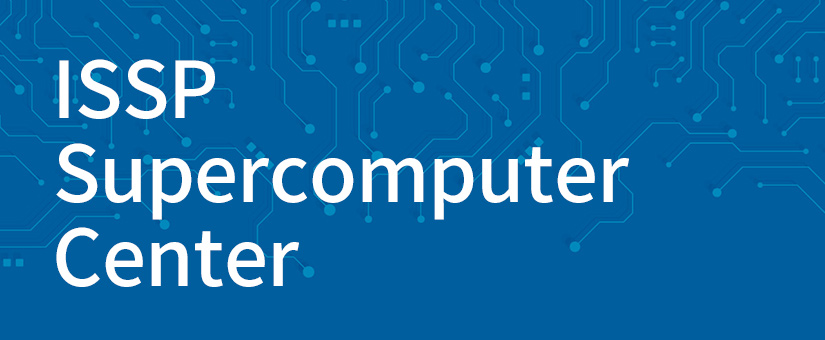The following is a list of responses to inquiries received in connection with the open call. Please refer to them when applying.
1. How many days of work should be considered?
In addition to development, we are planning to conduct a series of activities to promote the software we are involved in. We would like you to consider about 5 man-months of work per project (5 months with one person working at full capacity) for development.
2. How much cooperation should be expected from the proposer and collaborators in the development process?
Th staff of ISSP will take the initiative in responding to proposals. The main contents of the cooperation will be the provision of information and the determination of specifications. As for the specific development, the staff of ISSP will take the initiative.
3. How many meetings are planned for the project?
In order to determine the specific work and schedule, we plan to hold meetings for about the first month (about once a week). After that, as a progress report, meetings of about 30-60 minutes are scheduled every other week until the project is stabilized, and about once a month after the project is stabilized. After the project is stabilized, we plan to have meetings about once a month. If the proposer and the collaborator agree that intensive joint work is effective, the software upgrading member may visit the project and do intensive work.
4. Do I have to transfer all copyrights when I apply for a project?
The University of Tokyo retains the copyright of the deliverables developed in this project, as it is a project of the Institute for Solid State Physics, University of Tokyo. However, there is no need to transfer the copyrights of existing works.
5. Is it possible to set a license for the deliverables other than the General Public License (GPL) license?
The purpose of this project is not only to promote the use of the ISSP supercomputer, but also to contribute to the promotion of the field in general by developing it as a community code that can be widely used in the field of condensed matter computational science. We believe that it is important to ensure that the deliverables remain under the open source license and that the derived products also become community code, in the hope that they will continue to be used as community code after this project. Therefore, in principle, the deliverables developed with the support of this project should be licensed under the GPL.
However, if there is a special reason, we may allow publication under a different license after consultation. If you have any questions about the license when applying, please contact us using the contact information in the “Contact” .
6. Is it necessary to visit the ISSP for meetings?
Meetings are usually held at the ISSP, but can also be held via video conference system or Skype.
7. Will there be support after the software advancement project is completed?
We will continue to respond to inquiries and bugs regarding the functions added in the project.
However, due to the fact that we will be working on the project in parallel with the new software, we would like you to set a deadline of within one year after the end of the project.
8. What are the advantages for the proposer?
- software release work
In PASUMS, we maintain and add manuals, interfaces, and functions based on the improvement of usability. Many of these tasks are not directly related to research and require a lot of work, which can be a major barrier to the release of software. Through this project, you will be able to receive support for these tasks.
In particular, the project members have accumulated knowledge and know-how on usability and release of the software, and will develop and maintain the software reflecting the needs of users, and support the smooth release and dissemination of the software (posting on MateriApps, creating mailing lists, pre-installing the software on the ISSP supercomputer, supporting training sessions at ISSP, etc.). - software development work
When designing and developing a new program, such as a numerical library, the proposer has the advantage of participating from the design stage and being involved as a user from the testing stage. Also, when the software is released to the public, you will be credited as a co-developer. - Promote your software at research meetings
The developed and released software is presented at the Physical Society of Japan and various research meetings to promote the software. Through these presentations, we have exchanged opinions with users, which has led to joint research using the software in some cases. - Writing a representative paper
For newly released software, we jointly write papers on the software if the proposers and collaborators agree to do so. This is expected to increase the number of software-based researches and accelerate the formation of communities accordingly.


